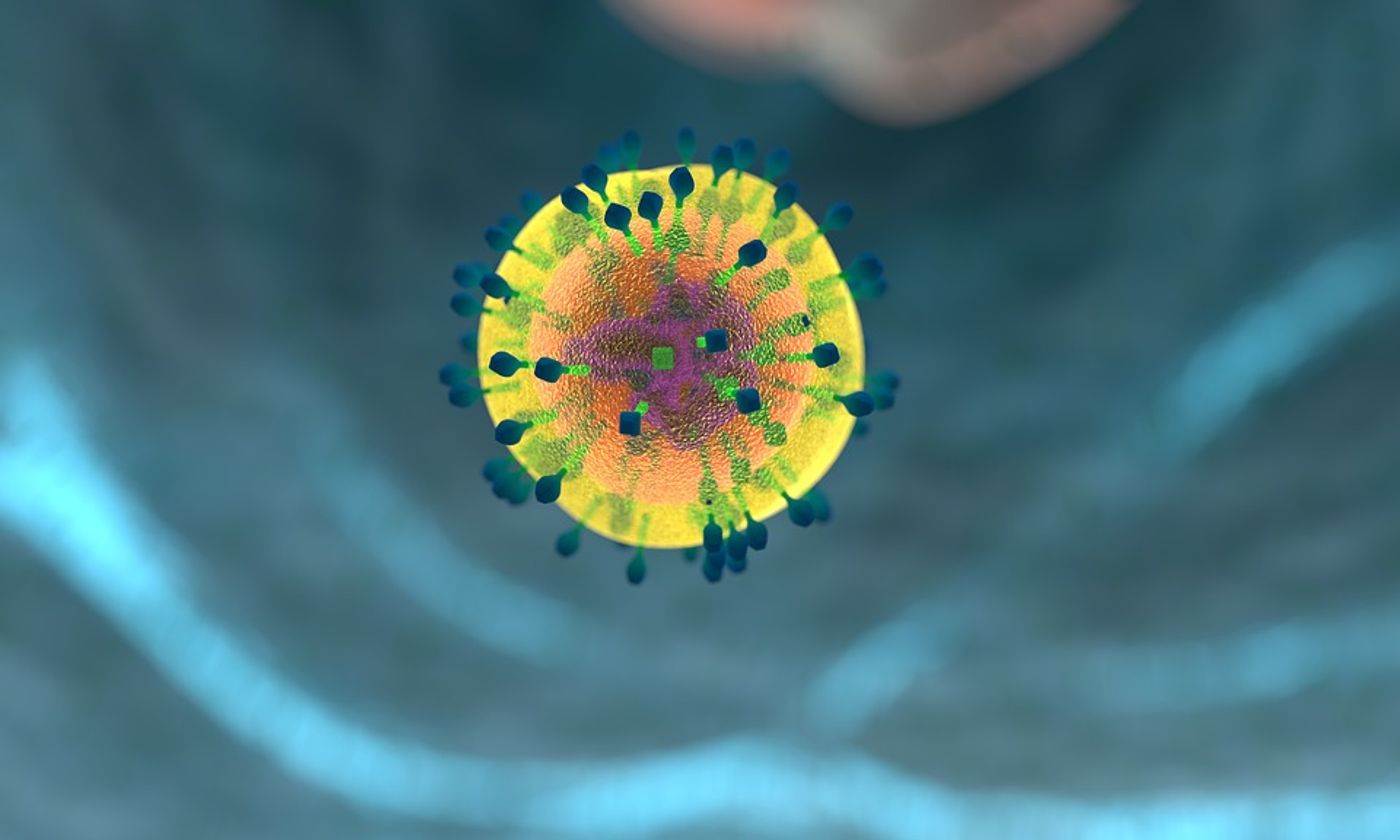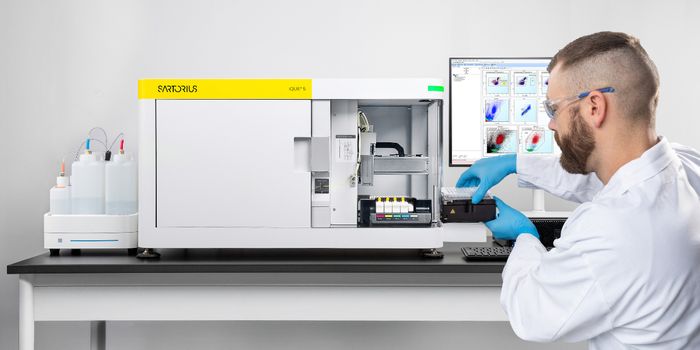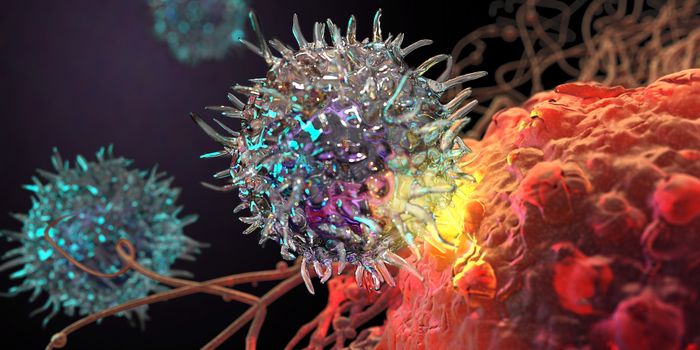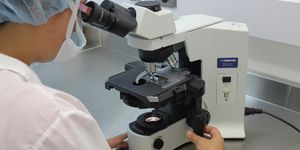Looking at the bigger picture: immune cells in a human body
While laboratory-conducted research has allowed for countless scientific advancements over the years, it may not come as a surprise that studying cells in a petri dish does not produce quite the exact same results as studying cells in the complex system of the human body.
"It is akin to observing animal behavior in a zoo versus in the wild,” said Russell Jones, Ph.D., the senior author of a study that was recently published in Immunity on the topic. “Our immune cells don't operate in a vacuum -- they work in concert with a host of other cells and factors, which influence how and when energy is used,” he added. Dr. Jones is head of Van Andel Institute's Metabolic and Nutritional Programming group, the group that conducted the research.
Jones and his fellow colleagues collaborated with Ralph DeBerardinis, M.D., Ph.D. to construct a map showing how T cells use nutrients under different conditions in living organisms. They say that this method will help them continue their investigation on how T cells use glucose to respond to pathogens, injury, or diseases. "Going forward, this new mapping technique will be invaluable as we pursue disease-specific studies," said first author of the study, Eric Ma, Ph.D. "It has the potential to be transformative."
Many of the scientific and medical communities’ previously conceived notions regarding immune metabolic processes came from studies based on cells grown in petri dishes. One such idea is the concept that specialized immune cells called T cells convert a sugar called glucose into energy to power cellular function.
However, this new research challenges that idea, declaring that T cells in a living system not only convert glucose into energy, they also use it as building blocks for replicating DNA and other maintenance tasks. According to Science Daily, “The team also discovered that the ways T cells process glucose evolves over the course of an immune response, which suggests T cells may use resources differently in the body when fighting a bacterial infection like Listeria or a disease like cancer.”
"Immune cells are far more dynamic in how they respond metabolically to infections and diseases than we previously realized," Jones commented. "For a while, we've been at a point in metabolism research that's like standing in the dark under a street lamp -- we could only see immediately in front of us. These findings will help us turn on the floodlights and illuminate the way to a more complete understanding of what immune cells need for optimal function." The researchers hope their findings will help develop new diagnostic and treatment strategies.
Sources: Immunity, Science Daily









